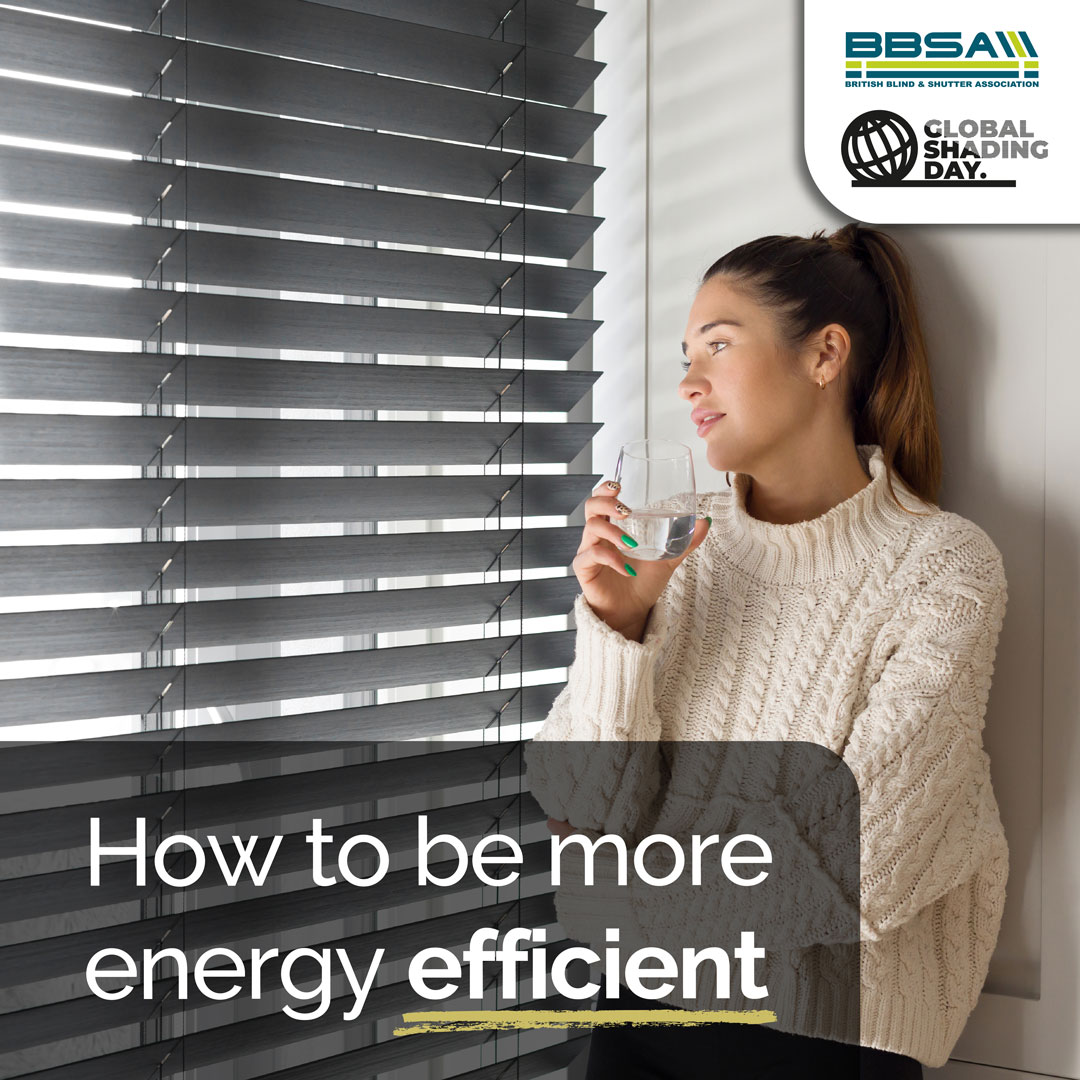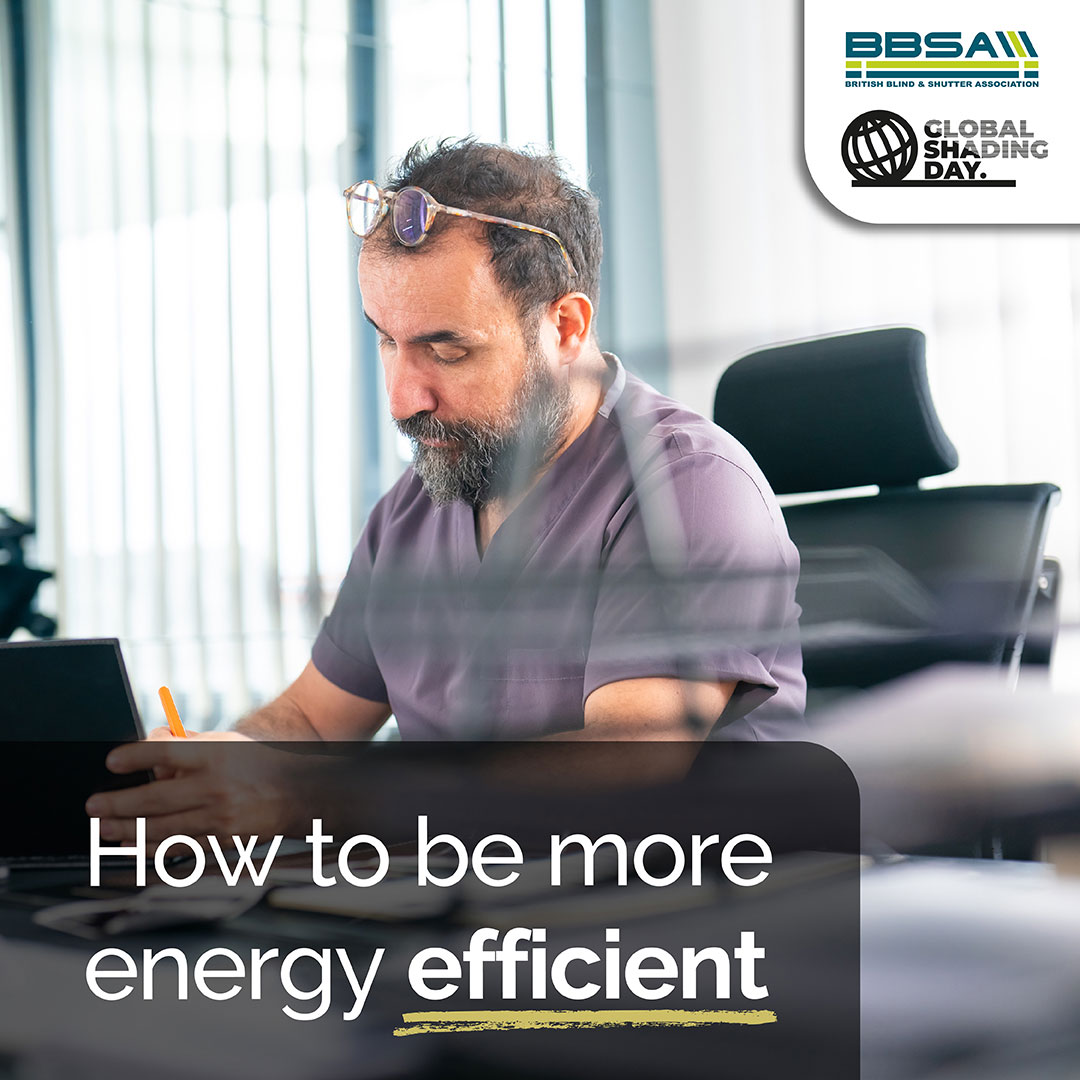Protect Your Home with Smart Solar Shading
Global Shading Day is observed annually on March 21st. On the first day of spring, this international initiative emphasises how the use of strategic solar shading can play an important role in our collective response to changing climates. By highlighting the scientific principles behind effective solar shading, Global Shading Day educates people on how to implement passive cooling strategies to reduce our overall energy consumption.
The summer of 2022 shattered records when UK temperatures soared above 40°C for the first time in recorded history. This was part of a more concerning trend. In 2021, more than 4.6 million bedrooms across the country overheated beyond safe temperature thresholds.
As our climate continues to change, these challenges will only intensify. According to the Intergovernmental Panel on Climate Change, Europe will see approximately 30% more days requiring cooling by 2050. But so far, less than half of all buildings in the EU have installed proper solar shading.
So, what can homeowners do to prepare for hotter summers while avoiding skyrocketing energy bills? Luckily, the solution is simple.
Understanding solar shading Solar shading is one of the world’s oldest climate control solutions, dating back to ancient civilisations. At its most basic, solar shading means using a device over your windows to control the amount of sunlight that can enter your building.

These systems work by blocking sunlight before it can heat up your rooms. They prevent overheating rather than addressing it after the fact with energy-intensive cooling systems.
Types of solar shading Solar shading solutions fall into two main categories.
Internal systems
- Installed inside your home on your windows
- Includes products like roller blinds, roman blinds, interior shutters
- Generally more affordable and easier to retrofit
- Moderately good at keeping heat out, very good at keeping heat in
External systems
- Mount on the outside of your building
- Includes external venetian blinds, external shutters, and awnings
- Very good at keeping heat out
- Intercepts heat and light before it can even touch the glass on your windows
Both types of systems can be operated by hand, or automated as part of your smart home technology. Motorised options can be fitted with sensors that respond to weather conditions without any extra effort on your part.
Is your home likely to overheat? Certain homes face higher risks of overheating than others. You may be particularly vulnerable if:
- Your home is a top-floor flat where heat naturally accumulates
- Your windows only open on one side of the building, limiting cross-ventilation
- You have large windows that receive direct sunlight and face east, west, or south If your home has any of these characteristics, it’s possible that you might face overheating as climate change worsens.
Solar shading throughout history While we might think of window treatments as part of our interior decoration today, their origins were decidedly practical. Throughout history, people in hot climates developed ways to keep their homes cool. • Ancient times – Early civilisations used basic materials like wet rags over windows in desert regions, reed mats in Egypt, and bamboo screens in China. • Roman era – the Romans developed fabric panels that could be raised or lowered. Today, we know them as Roman blinds. • 1700s – Despite their name, Venetian blinds originated in Persia before being imported to Venice by merchants. The Industrial Revolution brought mechanical improvements with adjustable wooden louvres controlled by rope and pulley systems. • 1700s-1800s – External wooden shutters became common throughout the Mediterranean, evolving from solid panels to slatted designs that allowed air circulation. • 1800s-1900s – Mass production introduced new materials like metal and plastic, making shading solutions more affordable and widely available. • 2000s – Recent decades have seen the integration of motorisation and smart home technology. Shading systems can now respond automatically to changing weather conditions.
Benefits of solar shading
Builds climate resilience As extreme weather events become more frequent, our homes need adaptive features that can respond to varying conditions. Solar shading creates naturally resilient buildings. They can prevent heat buildup during hot periods, while still allowing solar gain during cool periods.
Unlike permanent solutions like tinted glass, adjustable shading allows you to optimise your home year-round. As weather patterns become less predictable, this flexibility is increasingly valuable.

Reduces mechanical cooling requirements Air conditioning provides immediate comfort, but this comes at a substantial energy and environmental cost. Solar shading tackles the problem at its source by keeping heat from entering your living space to begin with.
Studies suggest that properly implemented solar shading could reduce our cooling energy use by up to 60% by 2050. For homeowners, this means lower operating costs and reduced carbon footprints.
Zero-energy passive cooling While active cooling consumes electricity, basic solar shading operates completely passively. Even motorised versions use minimal power compared to air conditioning systems.
This passive approach to climate control aligns perfectly with sustainable building practices. By harnessing simple physics to manage heat flow, you can keep your house cool without negatively impacting the environment.
Improved wellbeing In addition to temperature control, proper solar shading makes your house more comfortable by:
- Reducing glare on screens and work surfaces
- Preventing UV damage to furnishings
- Maintaining connection to natural daylight
- Improving sleep quality by managing light levels Solar shading can be used as part of a wider holistic approach to creating a healthier indoor environment.
Backed by science Research from the University of Salford’s Energy House Labs shows how different shading solutions can improve the energy efficiency of your home in the winter.
A roller blind with zipped side channels can reduce heat loss by up to 33%. Similarly, a honeycomb blackout blind in a perfect fit system can reduce heat loss by up to 32%. Internal plantation shutters come in at 28%. However, standard roller blinds only reduced heat loss by up to 13%.
What did all the high performers have in common? All of them were made to measure for the window and fitted as closely as possible. Custom-made solutions designed specifically for your home will always outperform generic options.
How to get the most out of your solar shading We recommend adjusting your approach with the changing seasons.
In the summer… Keep your blinds and shutters closed during peak daylight hours to create a barrier against heat before it can enter your home. In the evening, open your windows to release any accumulated heat and improve ventilation.
In the winter… Open your blinds and shutters during sunny days to take advantage of free solar heating. As evening approaches, close them to add an extra layer of insulation. By using this daily rhythm, you maximise your natural heat gain and minimise heat loss.
Why solar shading is worth the investment With about 18% of a home’s heat being lost through the windows, it makes financial sense to address this vulnerability. Across Europe, comprehensive implementation of solar shading could save an estimated 285 billion euros in energy costs by 2050.
Most ways to make your home more energy efficient are expensive and complicated to install. Solar shading offers an accessible entry point with immediate comfort benefits and long-term savings. As energy prices continue to rise, the return on investment becomes more attractive.
Find out more about Global Shading Day Every year on the first day of spring, we aim to raise awareness about this simple, yet effective climate solution. Thoughtful use of shading can improve our day-to-day comfort, reduce our energy consumption, and decrease our environmental impact.
We believe that we should follow in the footsteps of countries in the Mediterranean that have been using solar shading for centuries. With custom-made options for every window type, there’s never been a better time to invest in this proven technology.
If you’d like to get involved with Global Shading Day, you can find more information here.
